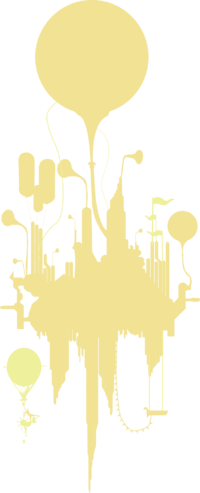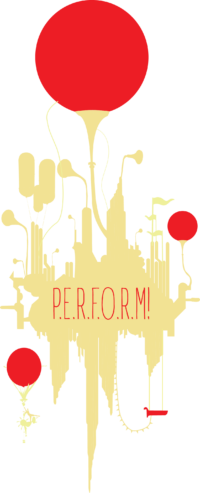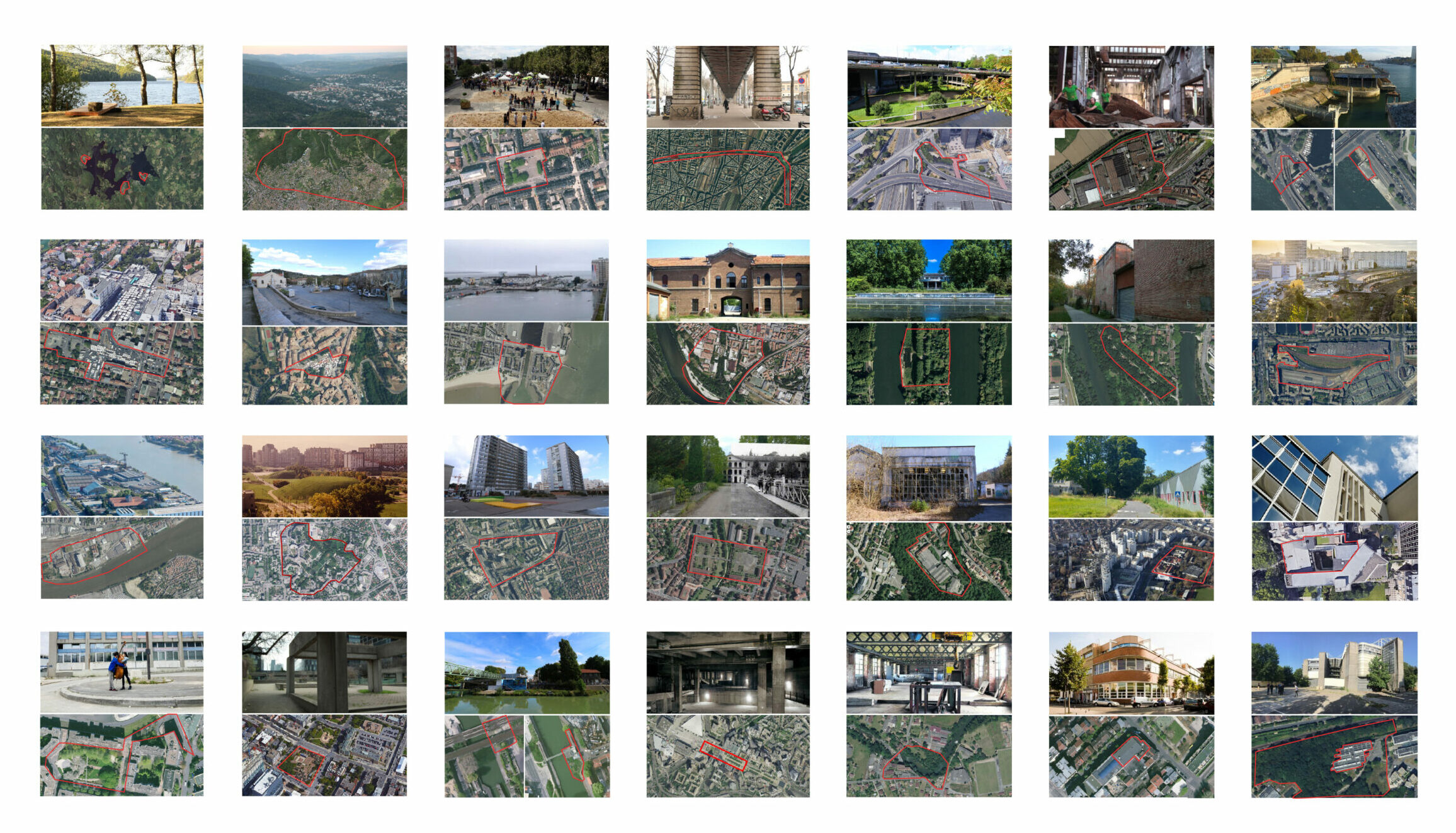« Today, we can assume that most of the buildings that we will need in the future have already been built. […] This by no means implies the onset of a phase of stagnation or conservation. Instead, this is about developping a new understanding of the relation between soft-ware and hard-ware – that is, between usage and the built environment – and a new understanding of renewal and modernisation that no longer posits the reset of a tabula rasa and therefore a carte blanche, but an update of that, which already exists. Reinventing is replaced by further development – or, as Hidetoshi Ohno writes : « The role of city planning has shifted from creating a city to editing a city »
Philipp Oswalt, Pre- and Post-architecture, in éd. Ressources urbaines latentes: pour un renouveau écologique des territoires. Genève, Suisse: MétisPresses, 2016. p. 79-80.



